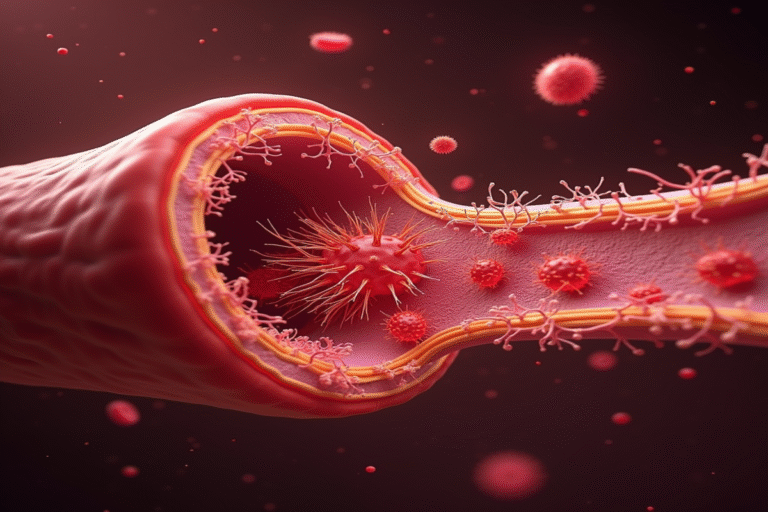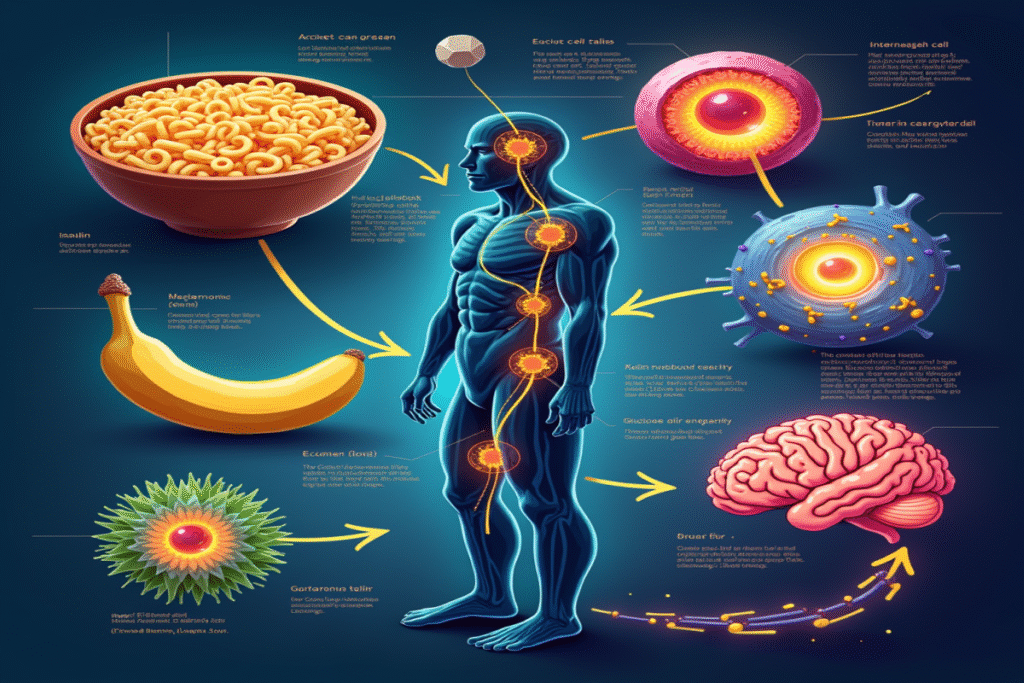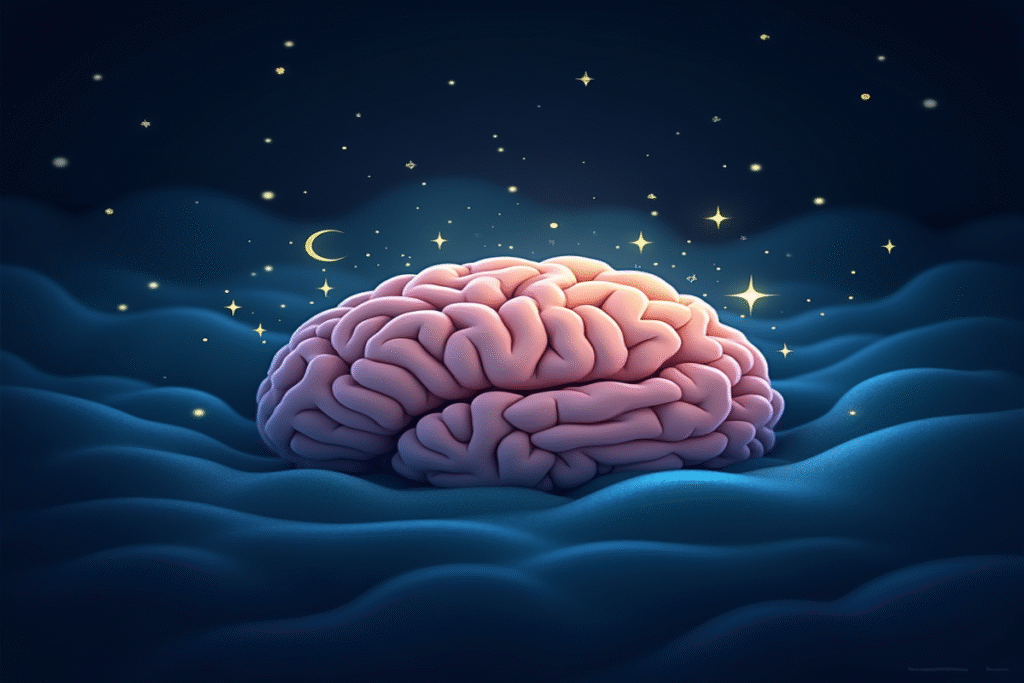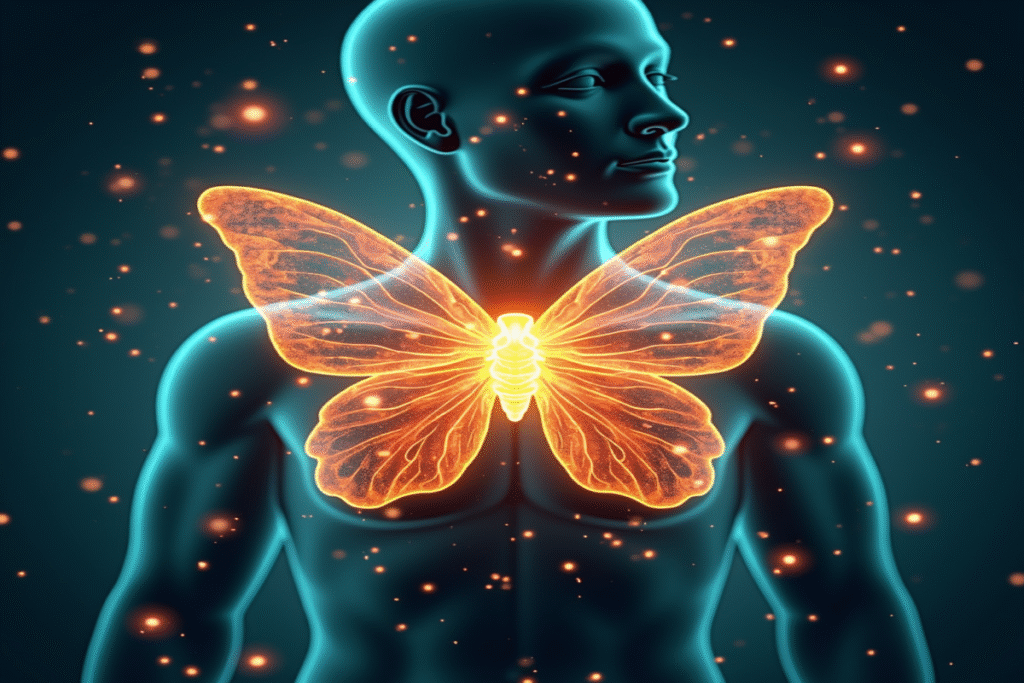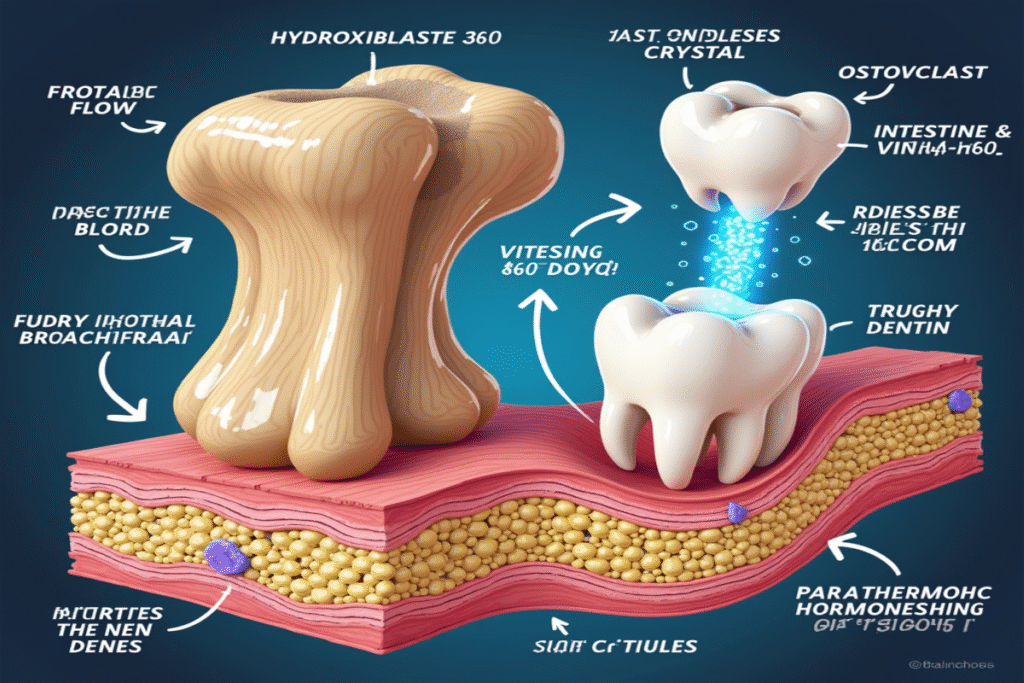The Amazing Race Against Time Happening in Your Veins
Have you ever wondered what happens in those crucial moments after you get a paper cut or scrape your knee? What might seem like a simple inconvenience actually triggers one of the most sophisticated emergency response systems in your body. Without it, even minor injuries could be life-threatening.
Every time your skin breaks, a complex cascade of biochemical reactions springs into action—a process so perfectly choreographed it resembles an emergency response team that’s been training together for millions of years (which, evolutionarily speaking, it has).
The Three-Phase Rescue Operation
Your body’s clotting system works through three remarkable phases that happen almost simultaneously:
- Vascular phase – Injured blood vessels immediately constrict, reducing blood flow to the damaged area. Think of it as your body’s version of pinching a garden hose.
- Platelet phase – Tiny cell fragments called platelets rush to the scene and transform from smooth discs into spiky spheres with tentacle-like extensions. These activated platelets stick to the injury site and to each other, forming a temporary plug—your body’s emergency patch.
- Coagulation phase – This is where the real biochemical magic happens. A series of clotting factors (numbered I through XIII) activate each other in a precise sequence, like dominoes falling in perfect order.
The Molecular Domino Effect
What scientists call the “coagulation cascade” is a perfect example of biological precision. When you cut yourself, tissue factor—a protein normally separated from your bloodstream—gets exposed. This triggers factor VII, which activates factor X, which then converts prothrombin to thrombin, which finally transforms fibrinogen into fibrin—the strong, sticky protein that forms the mesh holding your blood clot together.
This cascade happens in mere seconds, involving over two dozen different proteins and enzymes, each performing its role with impeccable timing. If even one factor is missing or malfunctioning, the entire process can fail.
Nature’s Scaffold Builders
Under a microscope, a forming blood clot looks like an intricate construction site. Fibrin proteins create a mesh resembling scaffolding, while platelets act as both the building blocks and the construction workers. Red blood cells get caught in this mesh, adding structure to the clot.
Astonishingly, your body produces this perfect temporary patch while simultaneously ensuring the clot doesn’t grow too large or form in the wrong places—a balance maintained by anticoagulant systems working in parallel with clotting mechanisms.
When the System Malfunctions
The importance of this finely tuned system becomes clear when it doesn’t work properly:
- People with hemophilia lack specific clotting factors, making even minor injuries potentially dangerous.
- Von Willebrand disease affects the “glue” that helps platelets stick to damaged vessels.
- On the other hand, conditions like Factor V Leiden can make blood clot too easily, potentially causing dangerous clots in vital organs.
Evolutionary Masterpiece
Your clotting system is the product of hundreds of millions of years of evolution. Even primitive vertebrates have clotting mechanisms, though less complex than ours. This system has been refined through countless generations, balancing the need to prevent blood loss with the need to maintain blood flow.
The next time you notice a small cut stop bleeding on its own, take a moment to appreciate the invisible molecular ballet that just saved you from losing precious blood. Some of the most remarkable scientific wonders aren’t found in laboratories or distant galaxies, but right inside your own veins.
Did You Know?
In just one milliliter of blood, you have between 150,000 and 400,000 platelets on constant patrol, ready to spring into action. If stretched out, the fibrin in a single blood clot could reach several miles in length. Most remarkably, your body constantly maintains all the necessary components for clotting in an inactive state, circulating through your bloodstream like emergency equipment on standby—always ready, but never deployed until absolutely needed.
